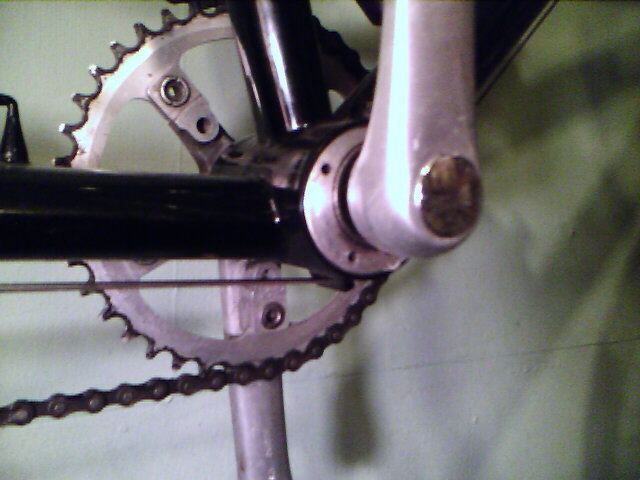 | ||
In mechanical engineering, an eccentric is a circular disk (eccentric sheave) solidly fixed to a rotating axle with its centre offset from that of the axle (hence the word "eccentric", out of the centre).
It is most often employed in steam engines and used to convert rotary into linear reciprocating motion in order to drive a sliding valve or a pump ram. In order to do so an eccentric usually has a groove at its circumference around which is closely fitted a circular collar (eccentric strap) attached to which an eccentric rod is suspended in such a way that its other end can impart the required reciprocating motion. A return crank fulfils the same function except that it can only work at the end of an axle or on the outside of a wheel whereas an eccentric can also be fitted to the body of the axle between the wheels. Unlike a cam, which also converts rotary into linear motion at almost any rate of acceleration and deceleration, an eccentric or return crank can only impart simple harmonic motion.
On bicycles
The term is also used to refer to the device often used on tandem bicycles with timing chains, single-speed bicycles with a rear disc brake or an internal-geared hub, or any bicycle with vertical dropouts and no derailleur, to allow slight repositioning, fore and aft, of a bottom bracket in order to properly tension the chain.
They may be held in place by a built-in wedge, set screws threaded into the bottom bracket shell, or pinch bolts that tighten a split bottom bracket shell. As a standard sized bottom bracket threads into the eccentric, an oversized bottom bracket shell is required to accommodate the eccentric.
